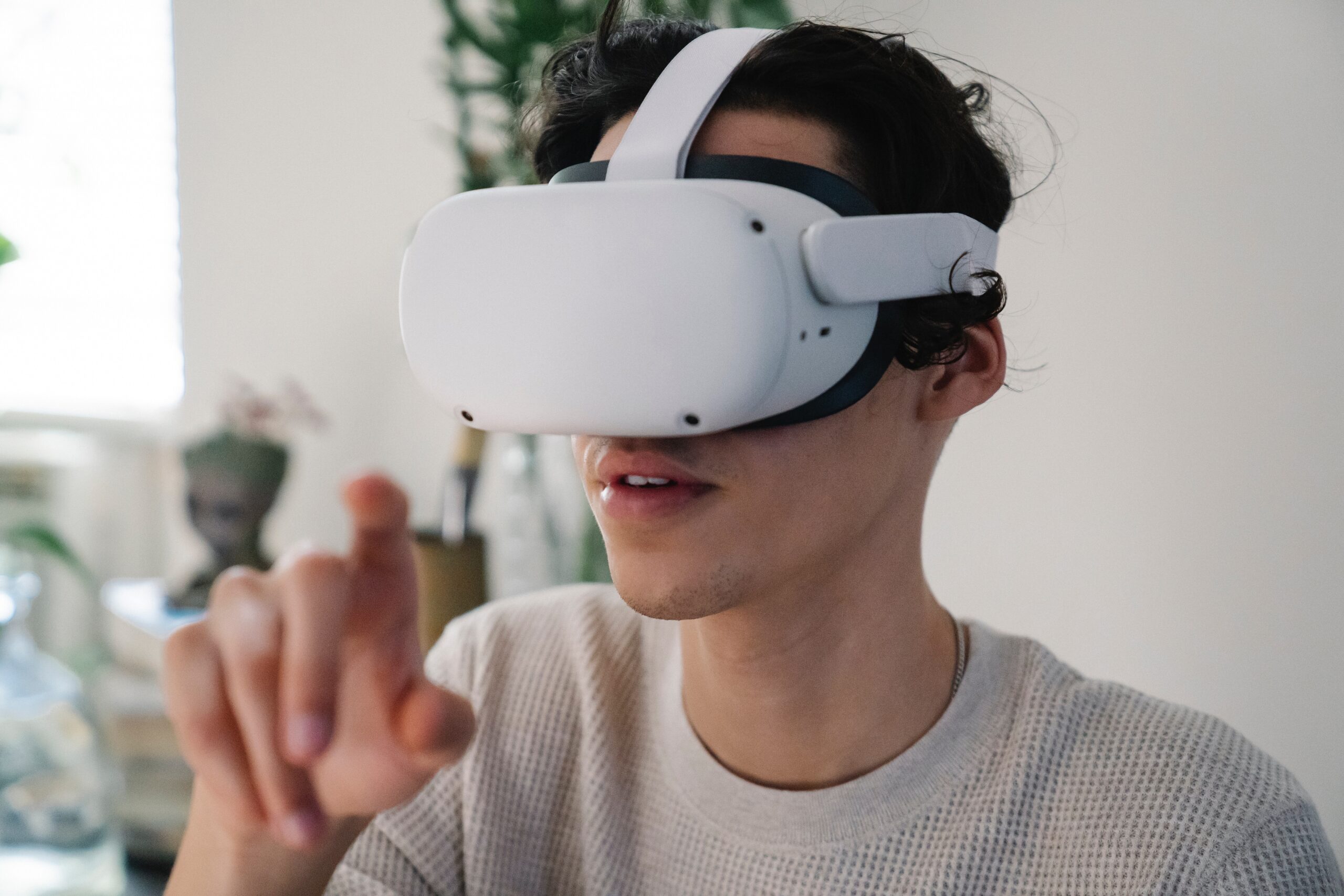
Augmented Reality (AR) is revolutionizing the way we learn and train, enhancing engagement and comprehension like never before.
According to recent research, AR in education is projected to grow at a staggering CAGR of 35% from 2021 to 2027.
With its ability to blend digital content seamlessly with the physical world, AR has emerged as a powerful tool in classrooms and training environments, offering immersive experiences that cater to various learning styles and needs.
Understanding Augmented Reality (AR)
Augmented Reality overlays digital information, such as images, videos, or 3D models, onto the real world. This technology is experienced through AR-enabled devices like smartphones, tablets, or AR glasses. Unlike Virtual Reality (VR), which immerses users in a completely virtual environment, AR enhances the real world with digital elements, creating a mixed reality experience.
Key Benefits of Augmented Reality in Education and Training
Enhanced Engagement: AR makes learning interactive and captivating by bringing static textbooks and materials to life. Complex subjects become more digestible through interactive 3D models and animations.
Improved Retention: Studies have shown that AR can improve information retention rates significantly. Visual and interactive learning aids in memory consolidation.
Hands-on Learning: AR enables practical, hands-on learning experiences. Students and trainees can dissect virtual objects, conduct virtual experiments, or practice skills in a controlled, risk-free environment.
Applications of AR in Education
Classroom Learning: AR apps can transform traditional textbooks into immersive, multimedia-rich experiences. For instance, historical events can come to life through AR, allowing students to witness key moments.
STEM Education: In science, technology, engineering, and mathematics (STEM) fields, AR is invaluable. Complex concepts are simplified through interactive visualizations and simulations.
Language Learning: AR language apps use visual cues and translations to aid language acquisition. AR enhances vocabulary retention and pronunciation.
Augmented Reality in Training
Employee Training: In corporate settings, AR is used for employee training. Complex equipment operation or safety procedures can be learned through interactive AR simulations.
Medical Training: Medical students can practice surgical procedures in a risk-free AR environment. AR enhances precision and skill development.
Military and Defense: The military uses AR for combat training and mission planning. Soldiers can train in realistic scenarios without physical danger.
The Future of Education and Training with AR
The adoption of AR is poised to grow as technology becomes more accessible and affordable. As AR hardware, such as AR glasses, becomes mainstream, the possibilities for education and training will expand further. Students and trainees will have access to AR-enhanced experiences that cater to their unique learning needs.
In conclusion, Augmented Reality (AR) is reshaping education and training. Its ability to enhance engagement, retention, and hands-on learning makes it a transformative tool in classrooms and training environments. As AR continues to evolve, its applications in education and training will only become more diverse and impactful.
At Coding Brains, our software development company, we recognize the immense potential of AR in enhancing educational and training experiences. We specialize in developing custom AR solutions tailored to the unique needs of our clients in the education and corporate sectors. As technology advances, we remain dedicated to creating innovative AR solutions that empower learners and trainees, ensuring their success in an ever-changing world.


Leave a Reply